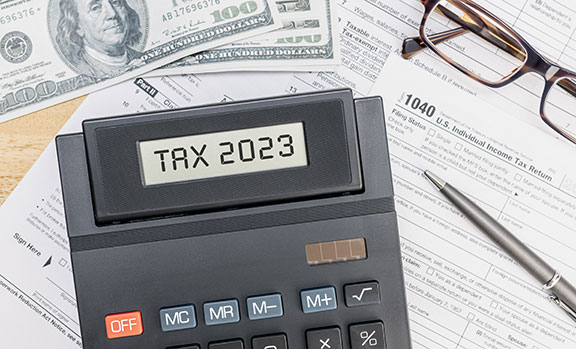Jake Wunderlin / October 2, 2025

As of January 1, 2022, companies are required to comply with the new lease accounting standard, ASC 842. This standard replaces the old lease accounting standard, ASC 840, and significantly changes how companies account for leases, including those related to real estate.
ASC 842 requires companies to recognize and measure leases on their balance sheet as right-of-use assets and lease liabilities, respectively. This means that companies must now record the value of the leased asset and the obligation to pay rent on their financial statements. The purpose of this change is to provide investors and stakeholders with a more accurate representation of a company’s financial obligations.
For companies that lease real estate, the impact of ASC 842 can be significant. Real estate leases are typically long-term and involve significant expenses. Under ASC 840, these leases were often classified as operating leases and were not required to be recorded on the balance sheet. However, under ASC 842, these leases must now be recorded on the balance sheet as right-of-use assets and lease liabilities.
Real estate leases can be classified as either finance leases or operating leases under ASC 842. Finance leases are similar to capital leases under ASC 840 and are recorded as assets and liabilities on the balance sheet. Operating leases, on the other hand, are recorded as right-of-use assets and lease liabilities on the balance sheet.
For companies that lease real estate, the transition to ASC 842 may require significant effort and resources. Companies will need to identify and gather all of the necessary lease information, including lease terms, lease payments, and lease options. They will also need to evaluate the impact of ASC 842 on their financial statements and update their accounting policies and procedures accordingly.
In addition to the accounting changes required by ASC 842, companies may also need to consider the impact of the new standard on their lease agreements. ASC 842 requires lessees to reassess lease classification and lease term assumptions, which may result in changes to the lease agreements themselves.
In conclusion, ASC 842 represents a significant change in lease accounting standards, particularly for companies that lease real estate. The new standard requires companies to record leased assets and liabilities on their balance sheets, providing investors and stakeholders with a more accurate representation of a company’s financial obligations. Companies will need to devote significant effort and resources to comply with ASC 842, including identifying and gathering all of the necessary lease information, evaluating the impact on their financial statements, and updating their accounting policies and procedures.
« Previous Next »
